Weather challenges: Torrential rain in many parts of the country in recent days and waterlogged soils are creating challenges for many early lambing flocks and putting pressure on housing space. Where ewes are retained indoors for longer than originally planned it is important that nutritional requirements are met to ensure reaching peak milk yield is not compromised.
Recently lambed ewes suckling twin lambs and offered ad-lib access to moderate-quality silage of 68 to 70 DMD will require in the region of 1.2kg to 1.5kg concentrate supplementation daily. Where ewes are lacking flesh or silage quality is below this level then concentrate supplementation should be increased to 1.5kg to 1.7kg. Single-suckling ewes in good body condition will typically require 0.6kg to 0.8kg concentrates, rising to 1kg or higher for those lacking condition.
It is advisable to continue feeding the same concentrate as was fed in the final weeks of pregnancy, with the ewe’s protein demand remaining on an upward trajectory. Where the aim is still to get ewes out to grass quickly, there is some scope to reduce feeding levels described above by 0.2kg to 0.3kg.
This, however, is a tricky proposition at present with no immediate upturn in weather forecast and the longer-term outlook raising the possibility of northeast and east winds along with wintry showers and hard ground frosts. Should this forecast remain in place then it is better to safeguard ewe body reserves and opt for the higher feeding levels.
The other critical aspect is maintaining high levels of hygiene and reducing the opportunity for bacteria to multiply and spread. This can be easiest achieved by applying fresh bedding regularly and also applying a sprinkling of lime before applying fresh bedding. The areas to especially target are lambing pens and high-moisture areas such as along feeding barriers, around water troughs etc.
Earlier supplementation: Current weather is also tough on outwintered ewes entering late pregnancy. Ewes will have a higher maintenance requirement if inclement weather persists and there is a risk of ewes losing body condition fast if grass quality/quantity or utilisation is poor. As such, it is worth keeping a good eye on ewe body condition and introduce supplementation earlier if required. A small volume of feed now will go a long way in helping ewes to maintain condition. The method does not matter, with different systems utilising concentrates, forage or feed buckets/molasses.
Clean livestock policy: Difficult ground conditions are creating issues in drafting hoggets finished outdoors on grass or forage crops. Where hoggets have a high degree of clay contamination and their fleece is wet then there will be little option but to delay drafting and move animals indoors for a few days or to drier/cleaner underfoot conditions if possible.
In the worst-affected cases you may have to clip the wool from the animal’s tail head right up to the where the neck meets the jawline.
Two blows of the shears is generally sufficient but in cases where the wool is excessively soiled or in hoggets with a long fleece and posing a risk of soiled wool falling down over incision lines despite some shearing taking place then there will be little option but to fully shear hoggets.
Read more
No option but to clip category C lambs
Roscommon redstart lamb finishing challenge
Weather challenges: Torrential rain in many parts of the country in recent days and waterlogged soils are creating challenges for many early lambing flocks and putting pressure on housing space. Where ewes are retained indoors for longer than originally planned it is important that nutritional requirements are met to ensure reaching peak milk yield is not compromised.
Recently lambed ewes suckling twin lambs and offered ad-lib access to moderate-quality silage of 68 to 70 DMD will require in the region of 1.2kg to 1.5kg concentrate supplementation daily. Where ewes are lacking flesh or silage quality is below this level then concentrate supplementation should be increased to 1.5kg to 1.7kg. Single-suckling ewes in good body condition will typically require 0.6kg to 0.8kg concentrates, rising to 1kg or higher for those lacking condition.
It is advisable to continue feeding the same concentrate as was fed in the final weeks of pregnancy, with the ewe’s protein demand remaining on an upward trajectory. Where the aim is still to get ewes out to grass quickly, there is some scope to reduce feeding levels described above by 0.2kg to 0.3kg.
This, however, is a tricky proposition at present with no immediate upturn in weather forecast and the longer-term outlook raising the possibility of northeast and east winds along with wintry showers and hard ground frosts. Should this forecast remain in place then it is better to safeguard ewe body reserves and opt for the higher feeding levels.
The other critical aspect is maintaining high levels of hygiene and reducing the opportunity for bacteria to multiply and spread. This can be easiest achieved by applying fresh bedding regularly and also applying a sprinkling of lime before applying fresh bedding. The areas to especially target are lambing pens and high-moisture areas such as along feeding barriers, around water troughs etc.
Earlier supplementation: Current weather is also tough on outwintered ewes entering late pregnancy. Ewes will have a higher maintenance requirement if inclement weather persists and there is a risk of ewes losing body condition fast if grass quality/quantity or utilisation is poor. As such, it is worth keeping a good eye on ewe body condition and introduce supplementation earlier if required. A small volume of feed now will go a long way in helping ewes to maintain condition. The method does not matter, with different systems utilising concentrates, forage or feed buckets/molasses.
Clean livestock policy: Difficult ground conditions are creating issues in drafting hoggets finished outdoors on grass or forage crops. Where hoggets have a high degree of clay contamination and their fleece is wet then there will be little option but to delay drafting and move animals indoors for a few days or to drier/cleaner underfoot conditions if possible.
In the worst-affected cases you may have to clip the wool from the animal’s tail head right up to the where the neck meets the jawline.
Two blows of the shears is generally sufficient but in cases where the wool is excessively soiled or in hoggets with a long fleece and posing a risk of soiled wool falling down over incision lines despite some shearing taking place then there will be little option but to fully shear hoggets.
Read more
No option but to clip category C lambs
Roscommon redstart lamb finishing challenge



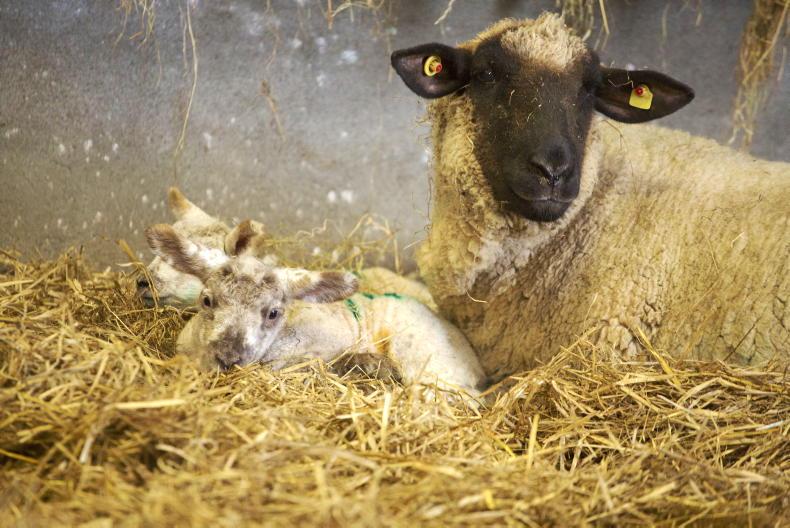

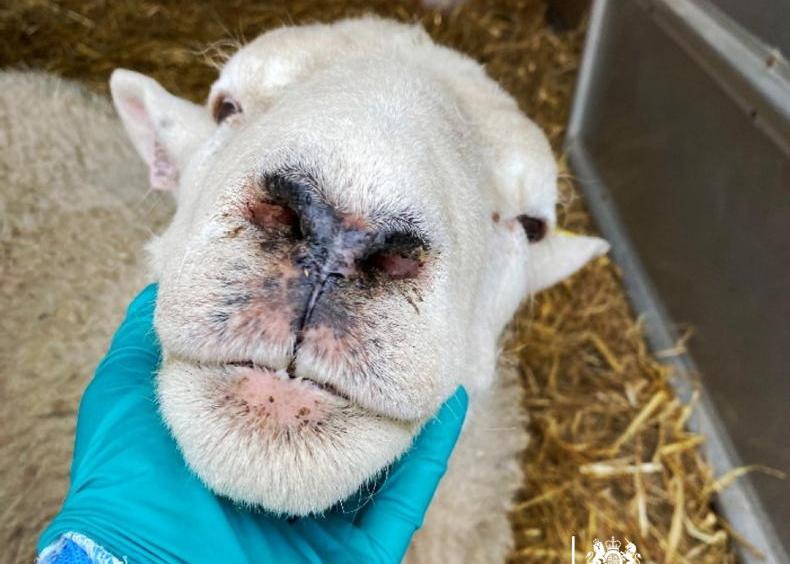

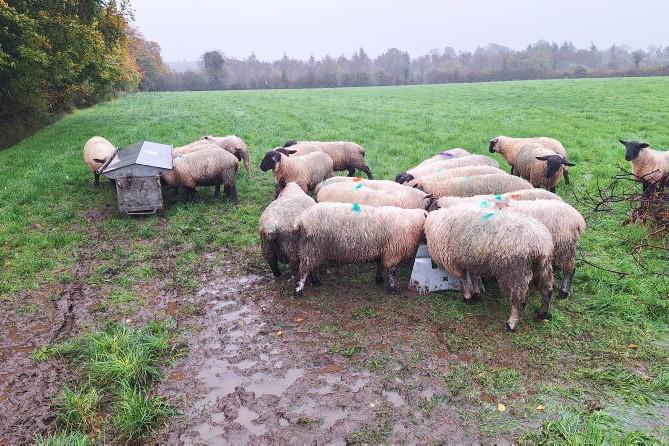
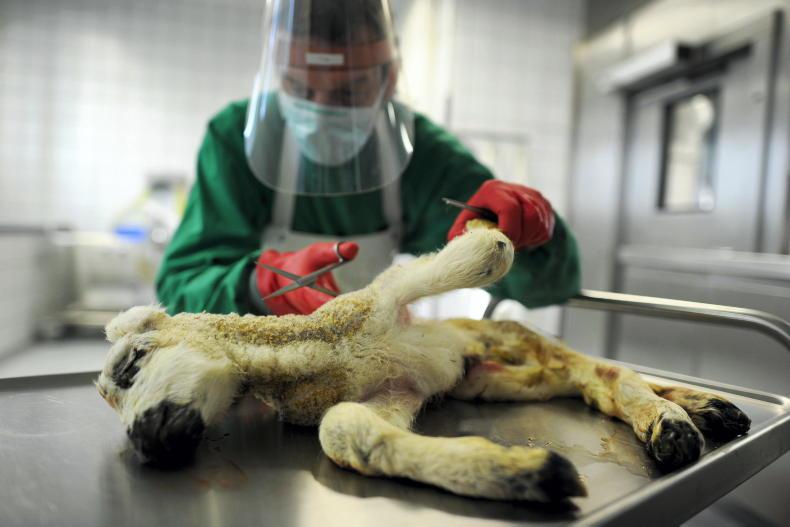
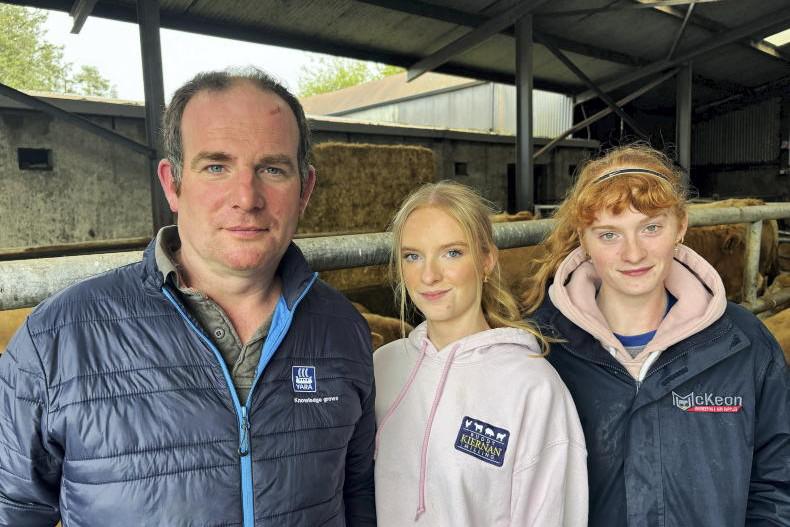
SHARING OPTIONS